How to Start a Podcast Step By Step?

Podcasting is booming. In 2025, there are approximately 584 million podcast listeners worldwide, up nearly 7% from the previous year. The global market is expected to reach $39.6 billion, up from about $30.7 billion in 2024.
Podcasts have become a powerful platform for sharing ideas, connecting with an engaged audience, and building influence in your field. Whether you're a storyteller, thought leader, or industry expert, podcasting gives you a chance to reach people personally and shape meaningful conversations.
If you’ve ever thought, "I want to start a podcast, but I don’t know where to begin," this guide is for you. We’ll cover everything from choosing your topic and format to recording, editing, publishing, and promoting your show. By following these steps, you can launch your podcast with confidence and clarity.
Step1: Define Your Podcast’s Direction

Before you hit record, take a step back and think about the foundation of your podcast. Every successful show starts with a clear sense of direction. Ask yourself: Who is my target audience, and what value can I offer them? When you understand who you are speaking to, it becomes much easier to shape content that connects.
Next, decide on the nature of your podcast. Will it be light and entertaining? Will it focus on education and practical advice? Or will it be storytelling that inspires and moves listeners? Knowing your content’s character will guide your tone, style, and episode structure.
Finally, define what success looks like for you. Is it building a loyal community of listeners who engage with your ideas? Is it spreading your voice widely on social media? Or is it generating income from your content? Your definition of success will help you set the right goals and measure progress as your podcast grows.
Tip: Even if you’re unsure about scripting or recording your first episode, AIPodify can convert your ideas into ready-to-use audio, helping you test your podcast concept quickly.
Step 2: Plan Your Podcast Topic and Format
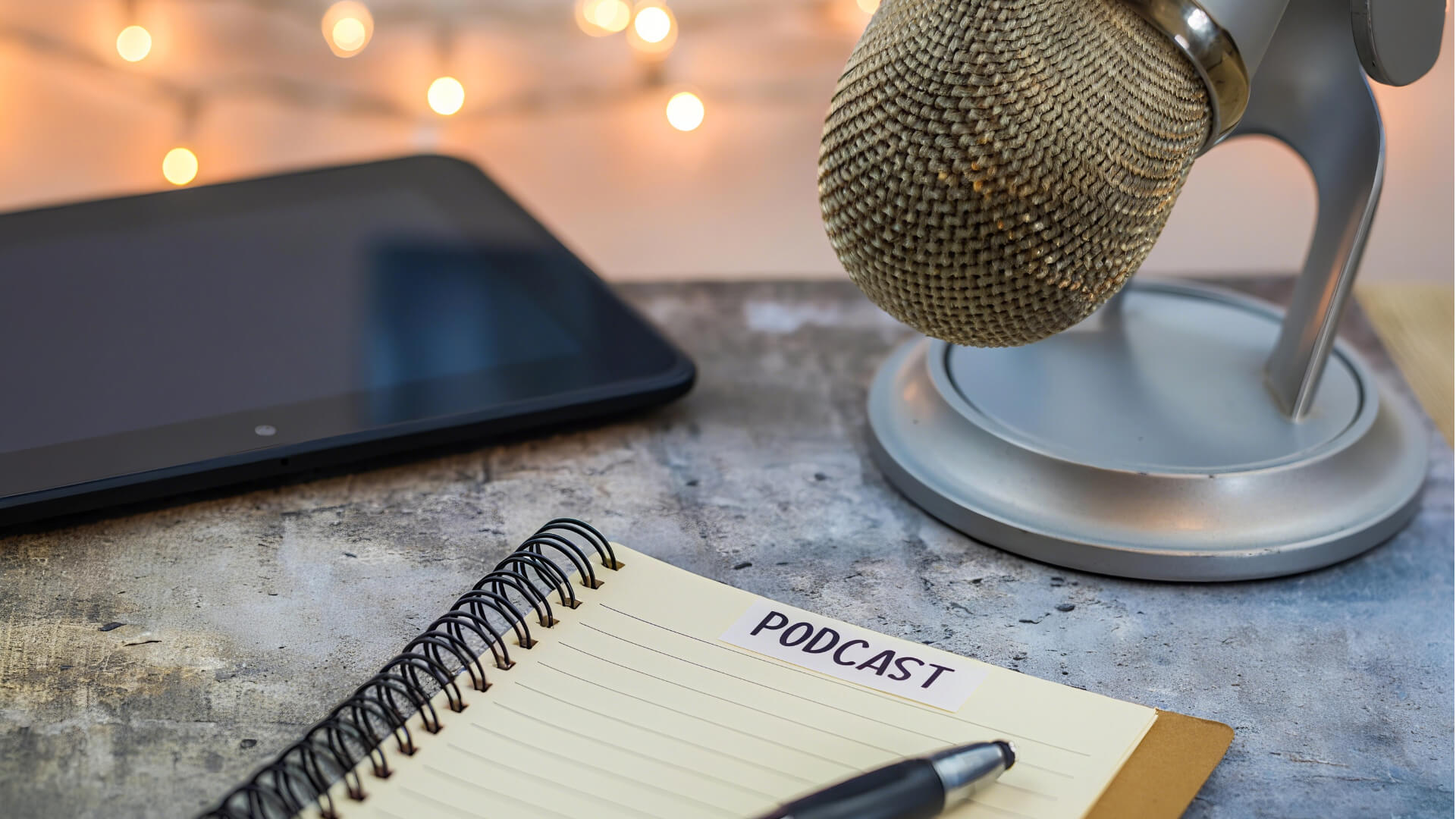
When shaping your show, the first step is to choose a topic that feels meaningful to you and valuable to your audience. A subject you care about will keep you motivated, while one that aligns with listener interests will help your podcast grow.
The structure of your podcast also matters. You might decide to record solo episodes where you share personal insights, invite guests for interviews, host a group conversation, or dive into storytelling—whether that’s nonfiction narratives or fiction. Each format creates a different experience for your listeners, so think about the style that fits your voice best.
It’s also worth deciding on the length and frequency of your episodes. Some audiences prefer quick, 15-minute sessions they can enjoy on the go, while others appreciate long-form content that allows for depth. What matters most is setting a schedule you can maintain consistently.
To keep yourself organized, outline your ideas in a content calendar. Having episodes planned in advance reduces stress and gives your podcast a clear sense of direction. It helps you focus less on logistics and more on delivering value to your listeners.
Step 3: Build Your Podcast Brand

Branding is what makes your podcast stand out and stay memorable. Start with a name that reflects your content and resonates with your audience. A strong name is easy to remember and gives listeners a sense of what to expect.
Visual identity is just as important. Create a logo, cover art, and other simple branding assets that make your show recognizable. If you’re not comfortable with professional design tools like Photoshop, platforms such as Canva offer ready-to-use templates. They’re easy to customize, and even beginners can create polished designs without much effort.
Beyond visuals, think about the tone and style of your episodes. Whether you aim for casual and friendly, professional and informative, or inspiring and motivational, consistency is key. A clear brand voice helps build trust and keeps your audience coming back.
Step 4: Set Up Equipment and Software

Start by choosing the right gear. For beginners, a dynamic USB microphone like the Samson Q2U (about $70, dual USB/XLR) or ATR2100x offers great value and flexibility to grow later. The Audio-Technica AT2040USB is another excellent choice under $200—it delivers warm, rich audio, simple plug-and-play, and a handy low-cut switch to reduce background noise. On the USB side, the Shure MV7+ stands out for its polished build and hybrid USB/XLR ease—perfect for long-term user.
Next, don’t skip headphones—they’re essential for clean monitoring and avoiding feedback while editing. Use a pop filter to soften harsh bursts of air that create distracting “pops.” These three simple items—microphone, headphones, and pop filter—form the core of any successful setup.
When it comes to recording and editing software, beginners can start free. Tools like Audacity are accessible and capable. For streamlined editing, platforms like Alitu simplify the process—making editing approachable even for non-techies.
Recording quality relies on your environment more than fancy gear. Choose a quiet space and shut off noisy electronics like fans or air conditioners. Soft surfaces make a big difference—curtains, rugs, even a closet filled with clothes can reduce echo. As one experienced podcaster put it:
“Mic placement matters more than mic price. Being just 4–6 inches from the mic with good posture beats a $300 mic across the room.” (source: Reddit)
A few more practical tips:
- Position your mic about 1–2 feet from your mouth, at mouth level.
- Sit still and use silent seating—avoid squeaky chairs or clothing rustle
- Record when you’re least likely to be interrupted—when the house is quiet, and external noise is low
Step 5: Prepare and Record Episodes
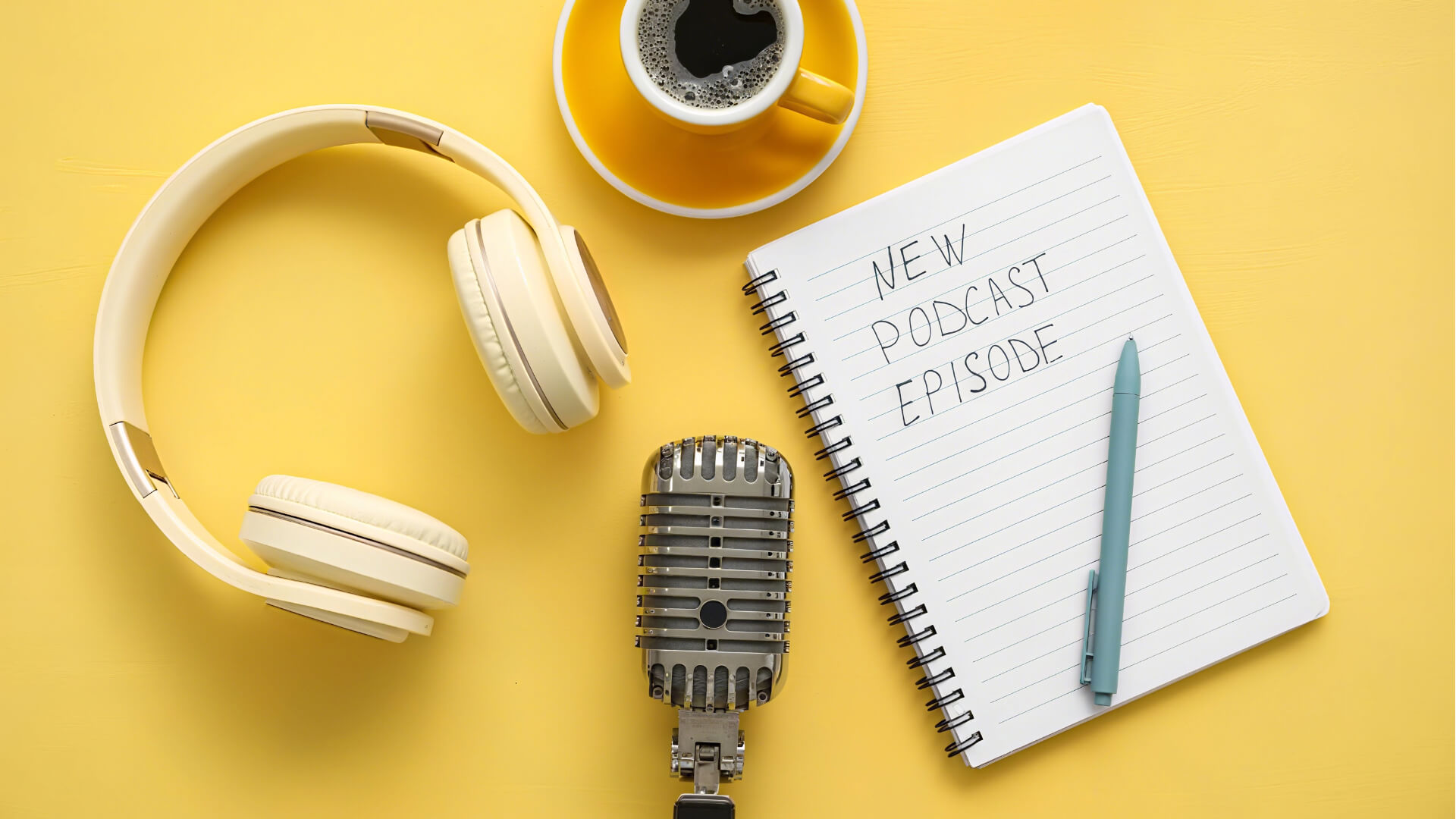
Before you start recording, create a simple outline for each episode. A clear structure makes your podcast easier to follow and more enjoyable to listen to. Think of it in four parts: an introduction to set the stage, the main content where you share your ideas or stories, a conclusion that ties everything together, and a call to action that invites listeners to connect or subscribe.
How you deliver your content matters just as much as what you say. Use storytelling to make your points memorable. Pay attention to pacing—avoid rushing through ideas, but also don’t drag them out. Speak clearly, and imagine you’re talking to one person instead of a crowd. This makes your voice feel warm and engaging.
If your format includes guest interviews, preparation is key. Schedule interviews well in advance, share the topic with your guest, and prepare thoughtful questions that spark conversation. During the interview, listen actively and allow space for natural dialogue. This keeps the conversation authentic and valuable for your audience.
Time-Saving Tip: Beginners can leverage AIPodify to produce polished episode drafts quickly. Instead of spending hours recording, you can convert scripts into audio and refine delivery over time.
Step 6: Edit Your Podcast
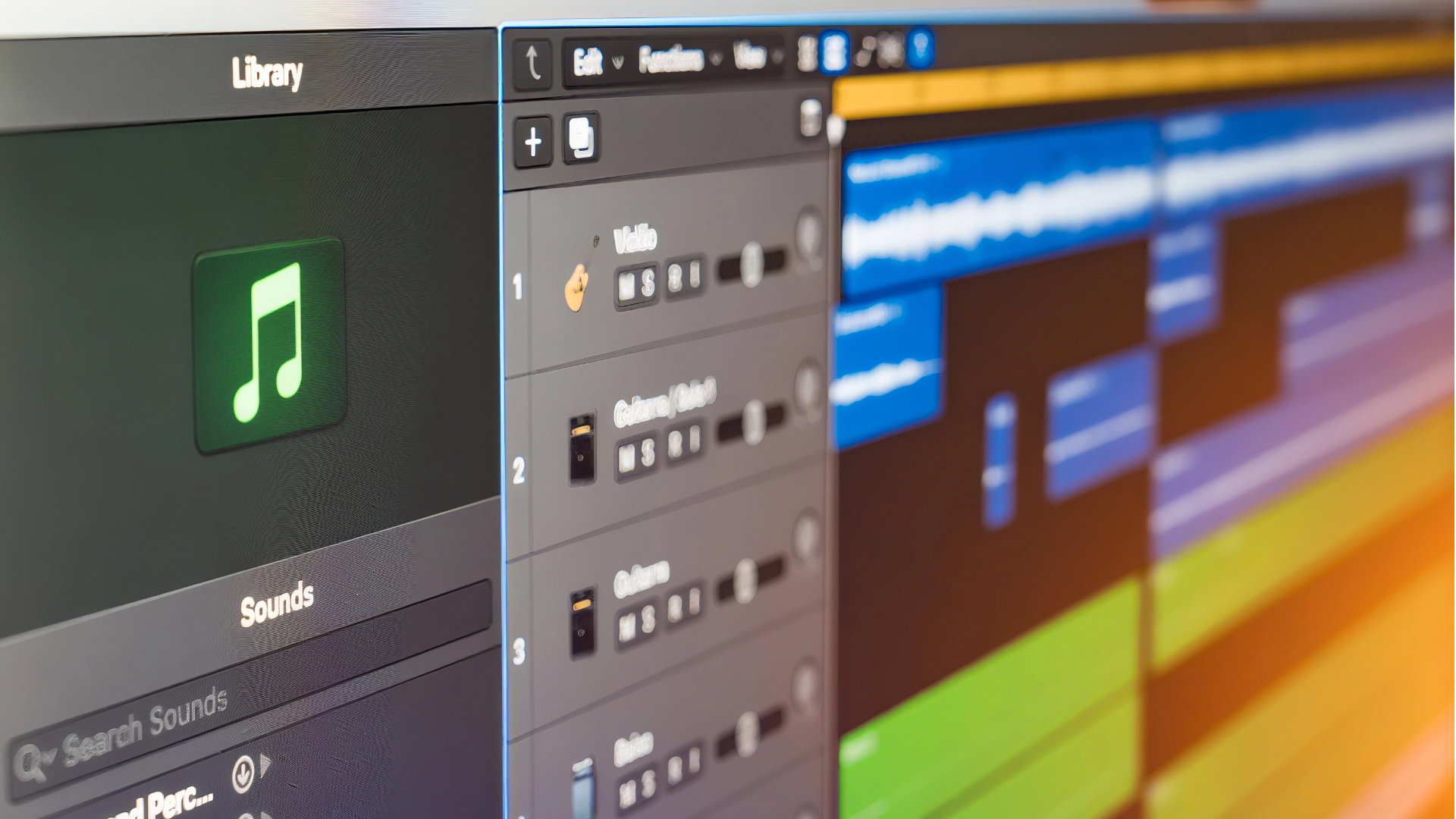
Editing is where your podcast really starts to shine. Begin by removing mistakes, long pauses, or anything that disrupts the flow. A smooth, well-paced episode keeps listeners engaged from start to finish.
Adding elements like music, intros, outros, and ads can give your podcast a professional touch. These small additions help define your brand and make each episode more enjoyable.
Use editing tools to clean up audio, balance volume, and even create transcriptions if needed. Programs like Audacity, Alitu, Adobe Audition—or AIPodify for AI-assisted audio adjustments—make these tasks easier, even for beginners.
The goal is simple: deliver audio that sounds polished and professional. When your episodes are clear, consistent, and well-edited, listeners will enjoy the experience and keep coming back.
Step 7: Publish and Distribute Your Podcast
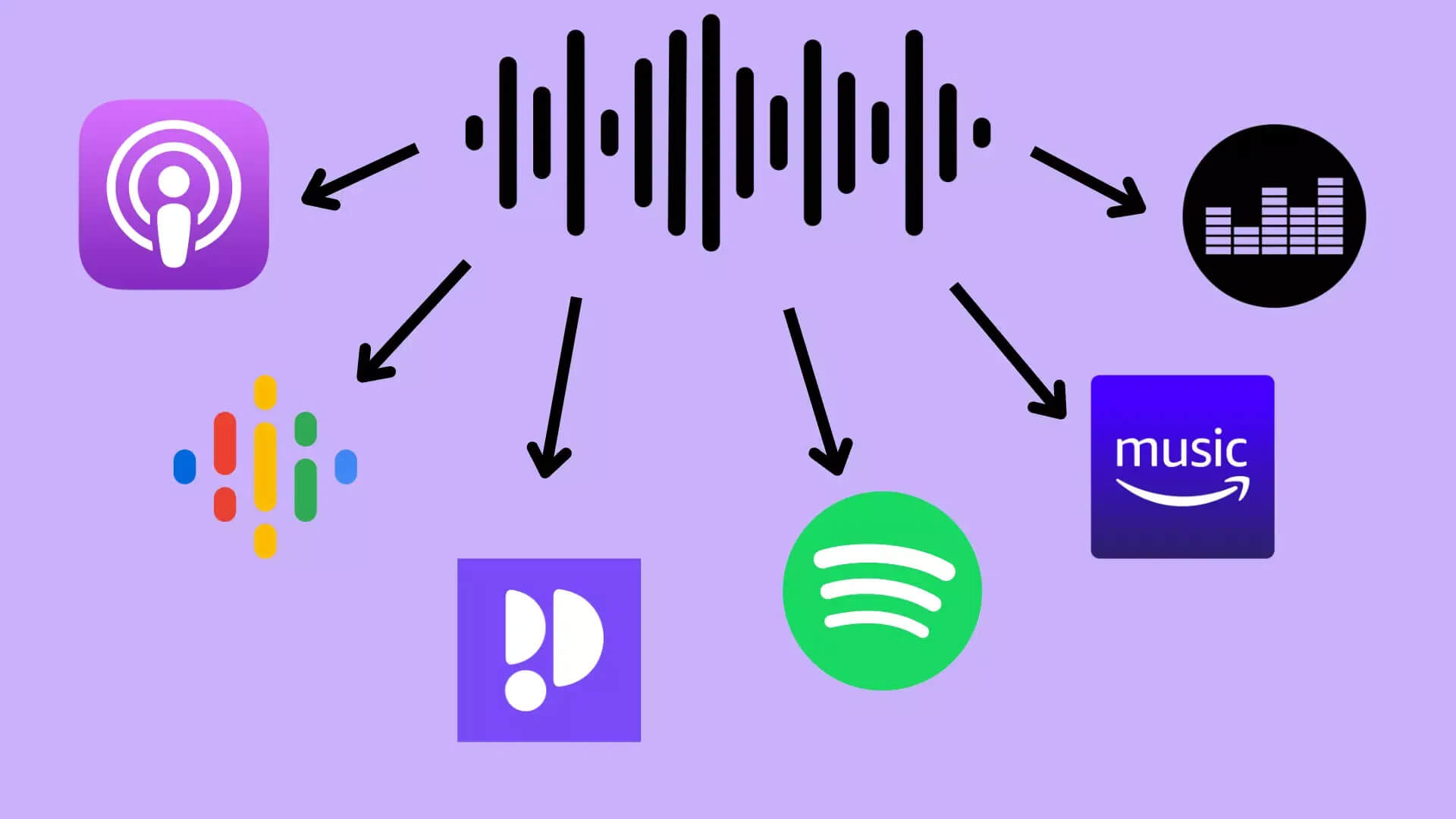
Once your episode is ready, it’s time to share it with the world. Start by choosing a hosting platform such as Buzzsprout or Podbean. These platforms store your audio files and make it easy to manage episodes.
Next, submit your podcast to major directories like Apple Podcasts, Spotify, and Apple Podcasts. Being on multiple platforms helps your show reach a wider audience and makes it easier for listeners to find you.
Don’t forget the technical details. Configure your RSS feed, write clear episode descriptions, and add metadata like episode titles, artwork, and categories. These elements improve discoverability and give listeners the information they need before hitting play.
With your podcast published and distributed properly, your content is ready to reach listeners everywhere.
Step 7: Promote Your Podcast
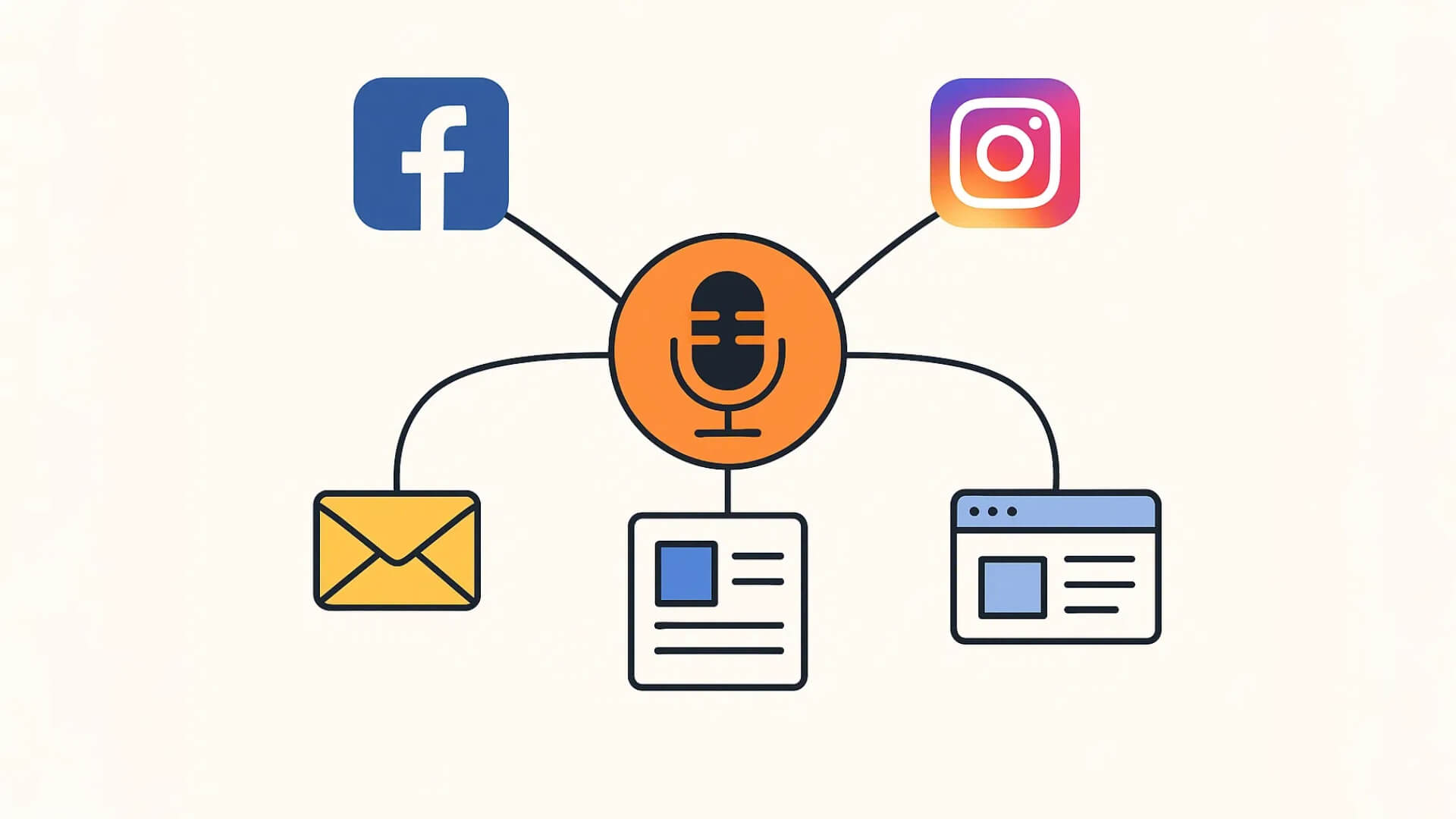
Publishing your podcast is just the beginning—promotion is key to building an audience. Use social media, email newsletters, and online communities to share each episode and engage with potential listeners. Posting consistently and providing valuable snippets from your show can attract attention and encourage sharing.
Collaborating with other podcasters or influencers can also expand your reach. Guest appearances, interviews, or cross-promotions help you tap into new audiences who might be interested in your content.
Encourage your listeners to leave reviews and ratings on platforms like Apple Podcasts. Engaging with your audience through comments, social media, or email fosters a loyal community. Listeners who feel connected are more likely to share your podcast and return for future episodes.
Additional Tips for Success
-
Be consistent: Release episodes on a regular schedule so your audience knows when to expect new content. This builds trust and keeps listeners coming back.
-
Keep episodes concise and engaging: Focus on delivering value quickly, and avoid long-winded tangents. Clear, lively content helps retain attention and encourages sharing.
-
Listen to feedback: Pay attention to comments, reviews, and messages. They reveal what works, what doesn’t, and what topics your audience wants more of. Learning from feedback helps you improve continuously.
-
Plan for growth and monetization: Once your podcast gains traction, consider sponsorships, ads, or your own products and services. Thinking ahead ensures your podcast can evolve into a sustainable project.
Conclusion
Starting a podcast may feel overwhelming, but breaking it into clear steps makes it manageable. By defining your direction, planning episodes, recording, editing, publishing, and promoting, you move steadily toward launching your show.
The most important step is to take action. Record your first episode, even if it’s simple, and start sharing your voice.
With planning, consistency, and a focus on delivering value, beginners can succeed. Your podcast can grow into a rewarding platform to share ideas, connect with listeners, and build influence.
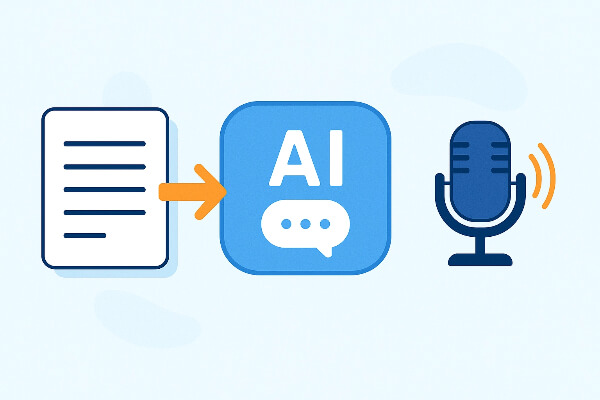
How to Make an AI Podcast with AI Podify in Minutes?
AI is changing how we create. Tasks that once felt hard now feel easy. Podcasting is a great example. In the past, making a podcast took time and money. You needed microphones and an audio interface. You needed a quiet room. You recorded again and again. Then you spent hours editing.

5 Best AI Podcast Generators in 2025 You Must Know
Podcasting has exploded in popularity over the past few years, becoming one of the most engaging ways to share stories, teach skills, and build a loyal audience. But producing a high-quality podcast can be time-consuming — from writing scripts and recording audio to editing, adding music, and publishing across multiple platforms.